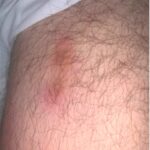I looked at the joints. They spoke back to me—”I need more humanism,” they whispered. To longtime readers, those two sentences may sound both familiar and alien, perhaps even a little humorous. That’s because those sentences were generated entirely by a computer using artificial intelligence (AI). It was simple, too: I just copied the text…









